#abydos
Text


~ Necklace with Uninscribed Scarab.
Place of origin: Abydos, Egypt
Date: ca. 1938-1875 B.C.
Period: Middle Kingdom, 12th Dynasty
Medium: Amethyst, feldspar
#ancient#ancient art#history#museum#archeology#ancient egypt#ancient history#archaeology#ancient jewelry#egyptian#egyptology#Egypt#necklace#scarab#12th Dynasty#middle kingdom#Abydos#amethyst#ca. 1938 b.c.#ca. 1875 b.c.
1K notes
·
View notes
Text
Archaeologists discover 5,000-year-old wine at the tomb of Meret-Neith in Abydos

A German-Austrian team led by archaeologist Christiana Köhler from the University of Vienna is investigating the tomb of Queen Meret-Neith in Abydos, Egypt. She was the most powerful woman in the period around 3,000 BC. Recent excavations prove her special historical significance: the researchers found 5,000-year-old wine and other grave goods. This fuels speculation that Meret-Neith was the first pharaoh of ancient Egypt and predecessor of the later Queen Hatshepsut.
The team recently began archaeological excavations in the tomb of Queen Meret-Neith of the 1st Dynasty (c. 3,000 BCE) in Abydos and discovered significant new information about this important historical woman.
Queen Meret-Neith was the only woman to have her own monumental tomb in Egypt's first royal cemetery at Abydos. Read more.
812 notes
·
View notes
Text
Archeaology gives us the name of another woman in History
Archaeologists digging in one of the oldest cities in Egypt have discovered evidence that sheds new light on the life of the ancient Egyptian queen Merneith, who ruled during the 1st Dynasty.
The excavation of a tomb in the Umm al-Qaab area in Abydos found an inscription on a “stone vessel” that provides new historical information about Merneith’s reign, during which she held “a great position” and was responsible for the central government offices, said Christiana Köhler, who led the dig.
“It has been speculated that Merneith may have been the first female Pharaoh in Ancient Egypt,” Köhler said in a news release, “but her true identity remains a mystery,”
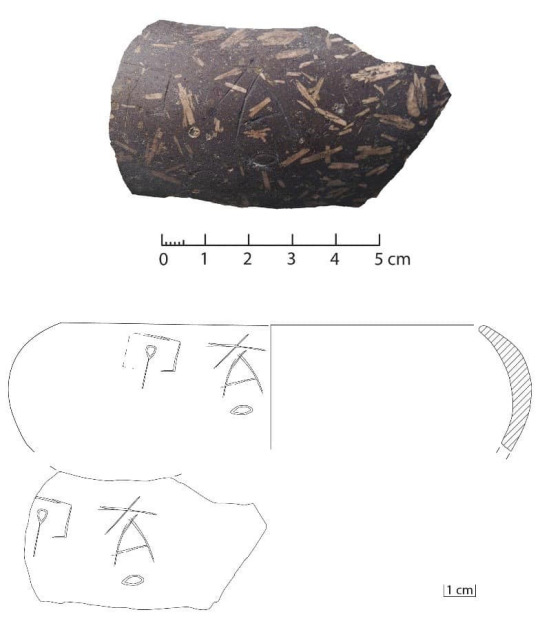
A fragment of a stone vessel recently found in the tomb of Queen Merneith. It has an incised inscription with her name on the right and the mention of the royal treasury on the left. Photo courtesy of EC Köhler, M Minotti.
Köhler specified that Merneith, also known as Meret-Neith, may have been in charge of the treasury among other government offices, supporting the idea of her historical significance. She is the only 1st-Dynasty woman whose tomb has been uncovered in Abydos so far.
“Considering that these are the remains of people’s lives and actions from 5,000 years ago, we are stunned every day at the amazing detail we encounter during our investigations, including the perfectly preserved grape seeds, craftwork and even footprints in the mud,” Köhler said over email.
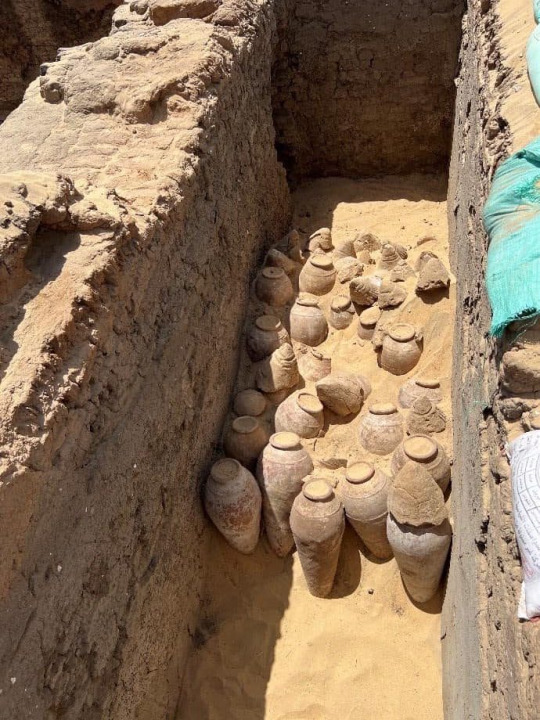
The wine jars are seen during the excavation of Merneith’s tomb. Photo courtesy of Egypt’s Ministry of Tourism and Archaeology

Egypt’s Tourism Ministry highlighted hundreds of 5,000-year-old wine jars found in the tomb in the Umm al-Qaab area in Abydos, one of the oldest cities in Egypt located about 354 miles south of Cairo. Photo courtesy of Egypt’s Ministry of Tourism and Archaeology
Discoveries made in the dig also “challenge the long-held belief in human sacrifice,” Köhler added in the news release.
Next to Merneith’s burial site, archaeologists found a group of 41 tombs for her courtiers and servants, indicating these chambers were built during different periods of time.
“This observation, together with other evidence, radically challenges the oft-proposed, but unproven idea of ritual human sacrifice in the 1st Dynasty,” Köhler said.
The news release highlighted the discovery of hundreds of 5,000-year-old wine jars that had never been opened. The archaeological team—hailing from Egypt, Germany and Austria—found the remains of wine inside.
Mustafa Waziri, Secretary General of Egypt’s Supreme Council of Antiquities, said in a statement that the discovered jars are large in size and “in a good condition of preservation.”
“Some of them are very well preserved with their jar stoppers still intact,” Köhler said.
#women in history#Discoveries in Archaeology#Egypt#Ancient Egypt#queen Merneith#1st Dynasty#Abydos#Queen Meret-Neith#5000 years ago#Umm al-Qaab
277 notes
·
View notes
Text
The deep past of ancient Egypt is carved in stone at Abydos, where the Mortuary Temple of Seti I houses the renowned list of 76 Egyptian kings, one of the most valuable pieces of evidence on Egypt’s history.
Despite the valuable information it includes, many kings of the time did not make the list. But why?
26 notes
·
View notes
Text

tem
27 notes
·
View notes
Text
Still sealed. Incredible preservation.
57 notes
·
View notes
Text

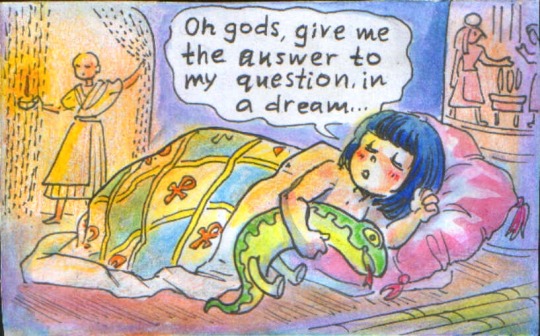
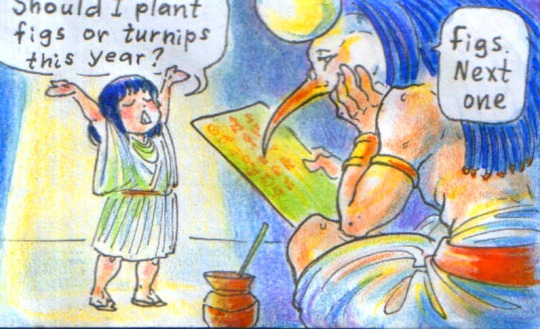
#egyptomania#gods of egypt#egyptian gods#egyptian#egyptology#ancient egypt#aph egypt#traditional sketch#traditional drawing#mithology#abydos#comics#funny art
137 notes
·
View notes
Photo

Boat Tomb with 14 wooden vessels—some as long as 75 feet (22,86m) — from about 3000 B.C.
These 5,000-year-old wooden boats are the oldest planked craft ever found. Arranged like a fleet moored at a wharf, they lie in mud-brick graves beside a 1st-dynasty king’s funerary enclosure at Abydos, Egypt.
138 notes
·
View notes
Text
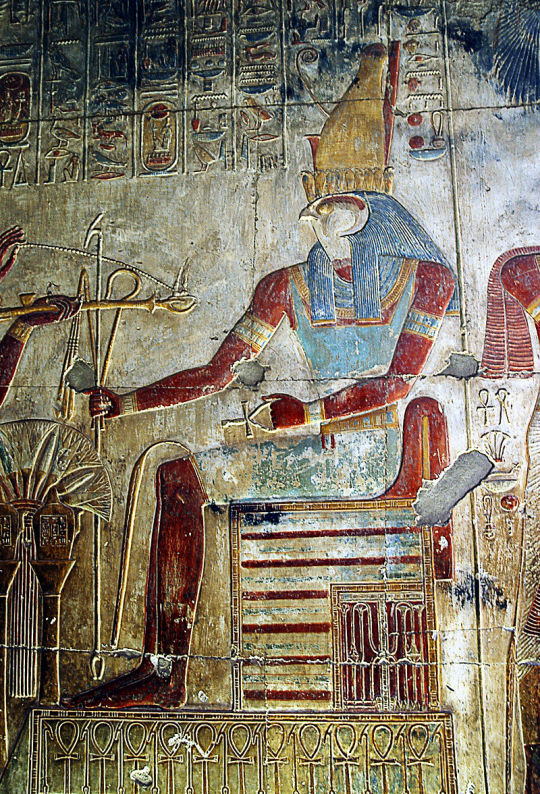
Relief of the god Horus in the temple of Pharaoh Seti I in Abydos.
384 notes
·
View notes
Text

Relief with hieroglyphs and the cartouches of Ramesses II in Abydos Temple. Madfuna Town, Egypt.
Learn more / Daha fazlası
Cartouches https://www.archaeologs.com/w/cartouche/
#archaeologs#archaeology#archaeological#dictionary#history#historical#egypt#ancient egypt#temple#hieroglyphs#cartouche#relifes#ramesses#abydos#madfuna#architecture#ancient architecture#arkeoloji#tarih#sanat#mimari
134 notes
·
View notes
Text

The Osirion Temple at Abydos
Abydos is one of the oldest and most important sites of ancient Egypt, occupied from as early as 3300 BC. Located on the west bank of the Nile in Upper Egypt, the sacred city overlooks a desert valley once thought to offer passage to the realm of the dead. It was the royal burial ground for Egypt’s first kings and later served as the center of worship for the cult of Osiris, god of the underworld.
80 notes
·
View notes
Photo

“The “helicopter hieroglyphs” is a name given to part of an Egyptian hieroglyph carving from the Temple of Seti I at Abydos. Some have interpreted the hieroglyphs as an out-of-place artifact depicting a helicopter (above the nine short vertical bars) as well as other examples of modern technology.
The "helicopter" image is the result of carved stone being re-used over time. The initial carving was made during the reign of Seti I and translates to "He who repulses the nine [enemies of Egypt]". This carving was later filled in with plaster and re-carved during the reign of Ramesses II with the title "He who protects Egypt and overthrows the foreign countries". Over time, the plaster has eroded away, leaving both inscriptions partially visible and creating a palimpsest-like effect of overlapping hieroglyphs.” [source]

“The Dendera light is a motif in the Hathor temple at Dendera in Egypt. It depicts the Egyptian creation myth, and the text surrounding the pieces confirm this. The motif became famous when the History Channel claimed it depicts an ancient light bulb, something that the text around the motif disproves.
The temple contains several reliefs depicting Horus, in the form of a snake, emerging from a lotus flower which is usually attached to the bow of a barge. The so-called dendera light is a variation of this motif, showing Horus in an oval container called hn, which might represent the womb of Nut.” [source]
#egypt#ancient egypt#egyptology#archaeology#historyedit#mine#my edit#abydos#fake history#debunked#dendera
157 notes
·
View notes
Photo
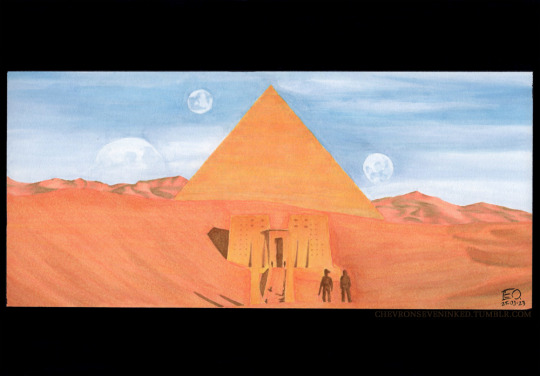
Stargate (1994)
35 notes
·
View notes
Text
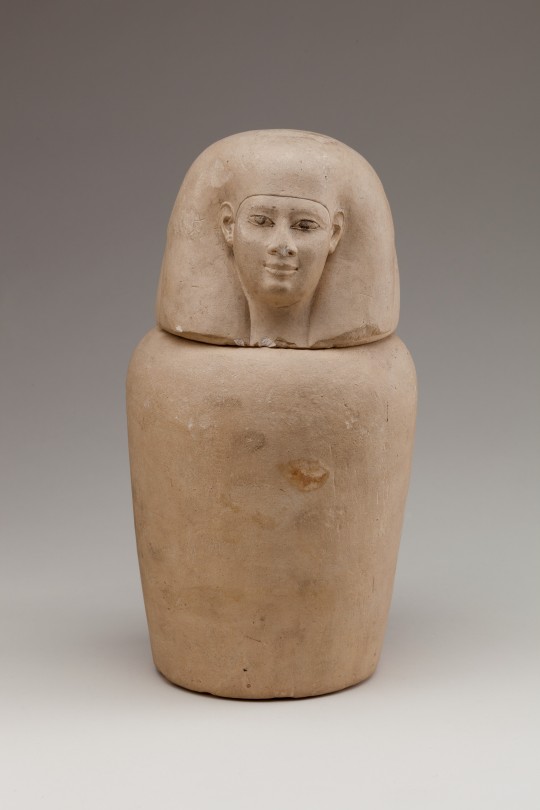
Ancient Egyptian canopic jar (limestone with paint) depicting Imsety, one of Horus' four sons and a human-headed deity who protected the deceased's liver. Artist unknown; 1550-1070 BCE (18th-20th Dynasty, New Kingdom). Possibly from Abydos; now in the Metropolitan Museum of Art.
#art#art history#ancient art#Egypt#Ancient Egypt#Egyptian art#Ancient Egyptian art#Egyptian religion#Ancient Egyptian religion#kemetic#Imsety#canopic jar#sculpture#stonework#limestone#carving#Abydos#New Kingdom#Metropolitan Museum of Art
97 notes
·
View notes
Text
In a major discovery, archaeologists have found over 2000 mummified ram heads in the Temple of Ramesses the Great in Abydos, along with mummified goats, dogs, wild goats, cows, deer, and an ostrich!
#mummified animals#ram#Khnum#Ramesses II#Ramesses the Great#Sixth Dynasty#Abydos#temple#ancient#history#ancient origins
31 notes
·
View notes
